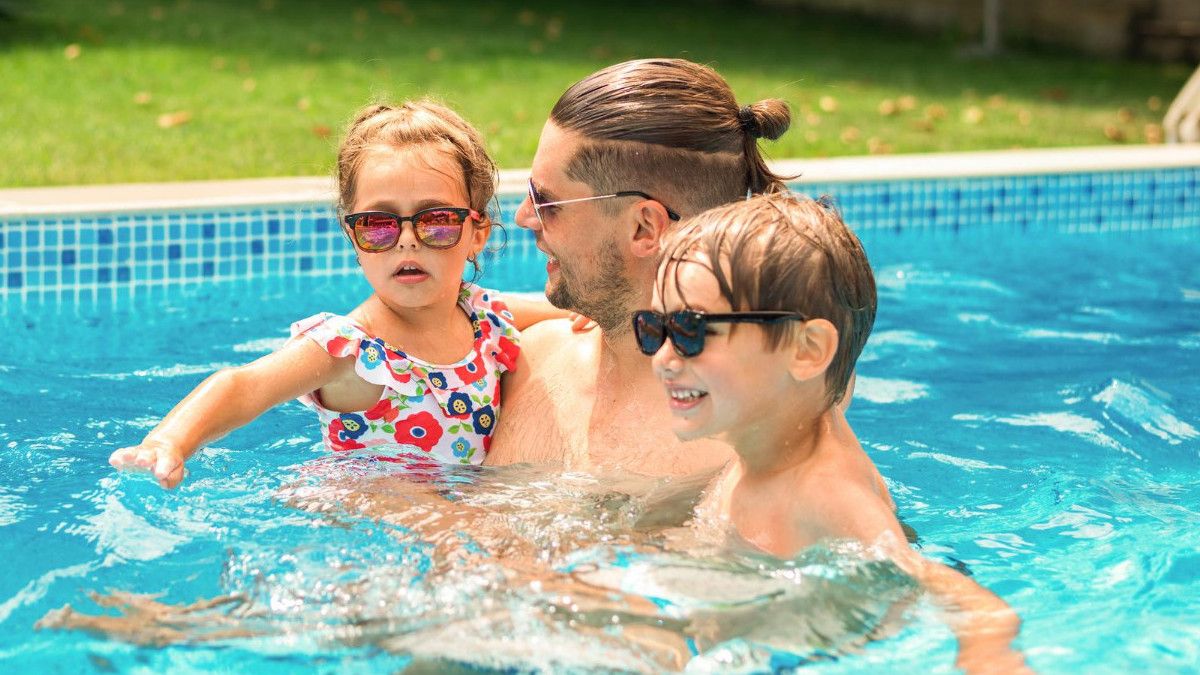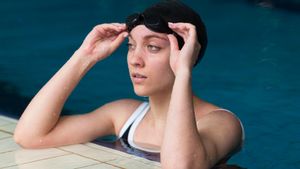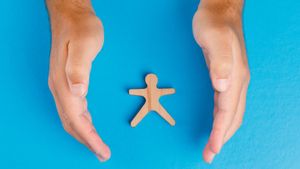YOGYAKARTA Playing in the pool is an activity that is often done by parents with their children. Especially done on weekends. For children, exploring the water area in the swimming pool, it may be fun. But parents are important to prepare themselves and follow tips for taking care of their children while playing in the pool.
Introducing the playground space, of course parents must do it to their children. Launching Parents, Sunday, August 25, nearly 70 percent of cases of drowning in children occur when children do not swim. That means, parents must teach children that water can be dangerous, just like a car.
Tell your child that you should not enter or approach the water without adults. Just like crossing the road without adults. In addition to understanding children, parents are obliged to supervise.
Because there are quite a lot of aspects, the first thing parents have to understand is the signs of drowning. Children sink quietly and quickly, often when they are in a vertical position in the water with their heads looking back. Unlike what you see in movies, a child rarely splashes water, but only hits water. Also know the signs of dry sinking, this happens after the child gets out of the water. The signs, can include short breaths, shortness of breath, shortness of breath, cough, vomiting, fatigue or excessive drowsiness, as well as behavioral changes.
Second, minimize playing gadgets while watching children play in swimming pools. At least children must be watched all the time. Not only by the poolkeepers, but parents must also play a role in maintaining the safety of their children.
According to the American Academy of Pediatrics (AAP), swimming lessons may be beneficial for children aged between the ages of 1-4. Adjust learning classes based on children's age. In addition to teaching swimming, teach yourself how to save yourself too.
"The goal for very young children is to make them feel comfortable in water so that when they are well-prepared, they can learn and use skills that can save lives," said Stephen Langendorfer, PhD, professor of kineciology emeritus at Bowling Green State University, Ohio.
It is also important to study basic CPR and act immediately instead of waiting for emergency response officers. Even if a child does not need CPR after drowning, the water in his lungs can still cause serious problems. In addition, don't just rely on buoys or floating equipment. This tool must be used when you can't swim at all. But it is necessary to practice swimming skills when deciding to play in the water, including in swimming pools.
SEE ALSO:
Children may catch the ball, for example. That means don't play in the swimming pool area. Because, it can encourage children to catch up, in the context of playing other than water. They can trip or slip which are equally dangerous.
In the pool area, there is a water channel for pumps or drains that have a suction power. Understand the area while playing in the swimming pool. At least, always monitor the child carefully and make sure they don't swim or play near the water channel. Plus, tie your child's hair back and ask them to wear a swimming cap. Also make sure your child's swimming clothes are right, not loose.
Those are tips for keeping your child swimming in the swimming pool. The tips above are important for parents to pay attention to. It is also important to understand the parts of the swimming pool or children's play areas in the water to recognize boundaries that should not be violated and maintain safety.
The English, Chinese, Japanese, Arabic, and French versions are automatically generated by the AI. So there may still be inaccuracies in translating, please always see Indonesian as our main language. (system supported by DigitalSiber.id)


















